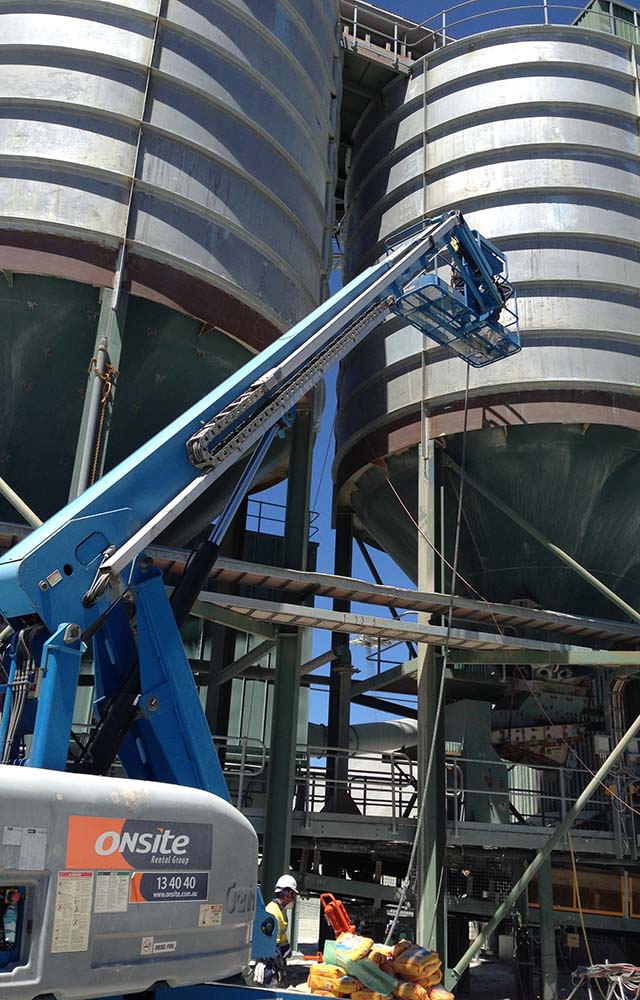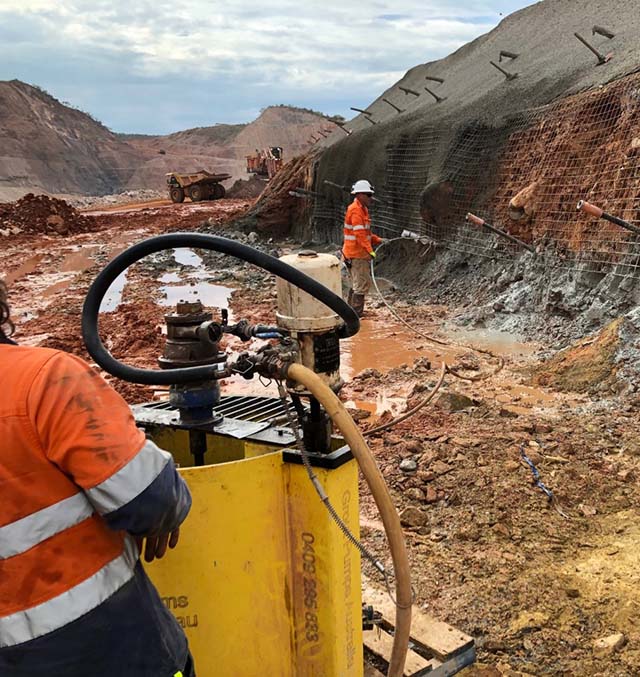With a vast array of different grouts on the market and many different applications it is vitally important to understand and choose the correct grout pump for your project. The suggestions contained in this guide are intended to help the operator identify and understand the factors that need to be taken into consideration when mixing and pumping cement based grouts.
TYPES OF GROUT PUMPS:
Generally, when pumping cement based grouts, the common pump types are piston pumps, Helical rotor (worm drive pumps) and peristaltic pumps. Piston pumps generally develop higher pressures and lower outputs however in most cases they also result in the pulsation of grout during pumping. By comparison, worm drive pumps are generally lower in pressure, though the flow rates are usually higher, and they deliver a smooth pulsation free delivery of grout.
DRIVE AND SIZE OF GROUT MACHINES:
Grout pumps usually come in electric, hydraulic, and pneumatic drive. This will impact your grout pump choice as each drive option has their own advantages and disadvantages. The size of the grouting job, the availability of power on site, the distance and pressure to be pumped, the product that you are pumping, mobility and many other factors will influence your choice of machine.
MATERIALS:
With so many different grouts available for applications such as structural repairs, mining applications (including cable bolt installation), flooring toppings and fire suppression, the first consideration when selecting a grout pump will be the type of material you want to pump. As a rule “choose your product then
choose your grout pump“.
AGGREGATE:
Whilst aggregates are generally added to grouts to provide bulk and increase strength, the different properties of aggregates have a direct impact on the grouts thermal properties, durability and work-ability. Careful consideration must be given to the type of grout pump selected when aggregates are used, especially in relation to the size and concentration of the aggregates.
CONSISTENCY:
To allow for the successful pumping of grouts they generally need to be of a flowable and/or pourable consistency. Water cement ratios need to be above 0.35 and if sand is included the ratio of sand needs to be kept to a minimum to avoid blocking the pump.
PUMPING:
As a general rule, hose lengths should be as short as possible to reduce pressures and facilitate the flow of grout. Where possible the
operator should use the largest diameter hose possible straight from the grout pump. Restrictions in the grout hose diameter especially at the pump outlet create back pressure and reduce the efficiency of the pump. In some cases where long delivery distances are required it may be necessary to use strategies such as:
-
- Use larger diameter hoses,
- Bury hoses below the surface to reduce heat transfer,
- Use chilled or underground water.
If you would like any expert advise on choosing a grout machine for your next project then the team at WA Grouting Systems are always happy to help. We have a huge range of grout pumps for hire and purchase, catering for all customers large and small. Call us today on 0409 295 833 or drop into our Osborne Park workshop. With decades of experience in the grouting industry across all disciplines, WA Grouting Systems is your number one choice.



